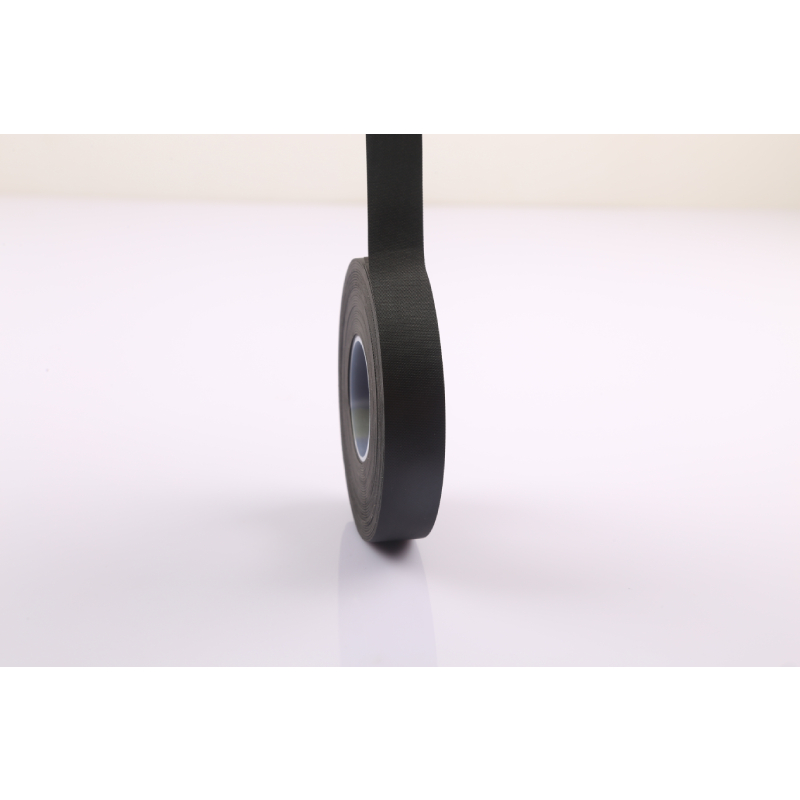The Versatile World of Butyl Rubber Rolls
Butyl rubber, a synthetic rubber developed in the 1940s, has become a staple in various industries due to its unique properties. This elastomer, composed primarily of isobutylene, offers remarkable resistance to gas permeability, heat, and weather, making it an ideal choice for a diverse range of applications. One of the most practical forms in which butyl rubber is available is as rolls, which can be used for everything from insulation to automotive components.
Understanding Butyl Rubber
Butyl rubber is known for its excellent airtightness, which is significantly superior to that of natural rubber and many other synthetic rubbers. This characteristic is particularly valuable in applications requiring an airtight seal, such as in tire inner linings and vacuum bags. Furthermore, butyl rubber is resistant to UV light, ozone, and a variety of chemicals, prolonging the lifespan of products made with it.
The production of butyl rubber involves the polymerization of isobutylene, sometimes mixed with a small amount of isoprene to enhance its elastic properties. This process yields a material that combines the flexibility typically associated with rubber while maintaining superior gas-impermeability. Given these attributes, butyl rubber rolls are frequently employed in construction, automotive, and consumer goods.
Applications of Butyl Rubber Rolls
1. Insulation One of the primary uses of butyl rubber rolls is in insulation. The material's low thermal conductivity makes it an excellent choice for thermal insulation in buildings, pipes, and HVAC systems, helping to reduce energy costs. Additionally, its vapor barrier capabilities prevent moisture buildup, further enhancing energy efficiency.
butyl rubber roll

2. Automotive Industry Butyl rubber plays a crucial role in the automotive sector, particularly in the production of tires. The gas-permeability barrier it provides prevents air from escaping, maintaining tire pressure over time. Furthermore, butyl rubber is often used in sealants and gaskets to enhance the longevity and durability of automobile parts.
3. Adhesives and Sealants Due to its excellent adhesion properties and flexibility, butyl rubber is widely used in manufacturing adhesives and sealants. These products are applicable in various industries, including construction and shipping, where waterproof and airtight seals are necessary.
4. Sound Insulation The dense structure of butyl rubber also makes it an effective sound dampening material. Rolls of butyl rubber are commonly applied in applications requiring soundproofing, such as sound barriers in highways, music studios, and even residential buildings.
Benefits of Using Butyl Rubber Rolls
Butyl rubber rolls offer numerous benefits that make them a preferred choice in various industries. Their ease of application results in less labor, reducing overall project costs. Additionally, their longevity ensures that products last longer, providing value over time. The material’s resistance to weather and environmental factors means that installations made with butyl rubber require less maintenance compared to other options.
Conclusion
In conclusion, butyl rubber rolls are indispensable in countless applications due to their exceptional properties. From providing airtight seals to insulating buildings and vehicles, this versatile material stands out in both performance and durability. As industries continue to advance and evolve, the demand for butyl rubber rolls is set to grow, further highlighting the importance of this remarkable synthetic rubber in our modern world. Whether in construction, automotive, or consumer goods, butyl rubber remains a material of choice for a wide range of applications, enhancing products and making our lives more efficient.
-
XIANGFAN Rubber Tape-Ultimate Solutions for All Your Insulation NeedsNewsJun.24,2025
-
XIANGFAN Rubber Tape-Protection for Industrial and Residential ApplicationsNewsJun.24,2025
-
XIANGFAN Rubber Tape: Superior Safety and Sealing for Demanding EnvironmentsNewsJun.24,2025
-
XIANGFAN Rubber Tape: Reliable Solutions for Every Electrical ChallengeNewsJun.24,2025
-
XIANGFAN Electrical & Industrial Tape: Powering Reliability Across IndustriesNewsJun.24,2025
-
XIANGFAN Electrical & Industrial Tape: Excellence in Every ApplicationNewsJun.24,2025
